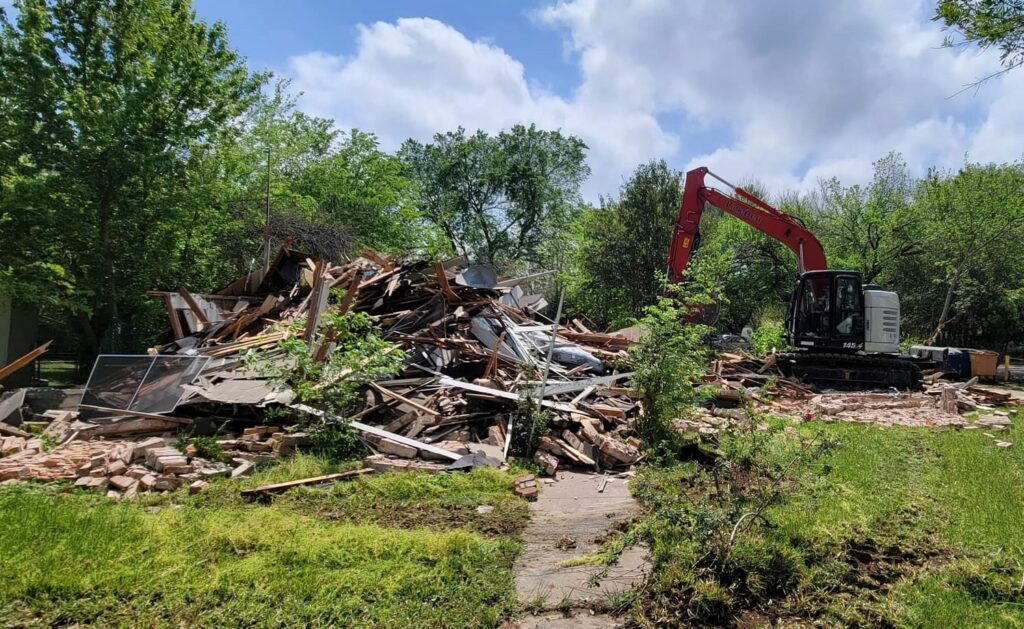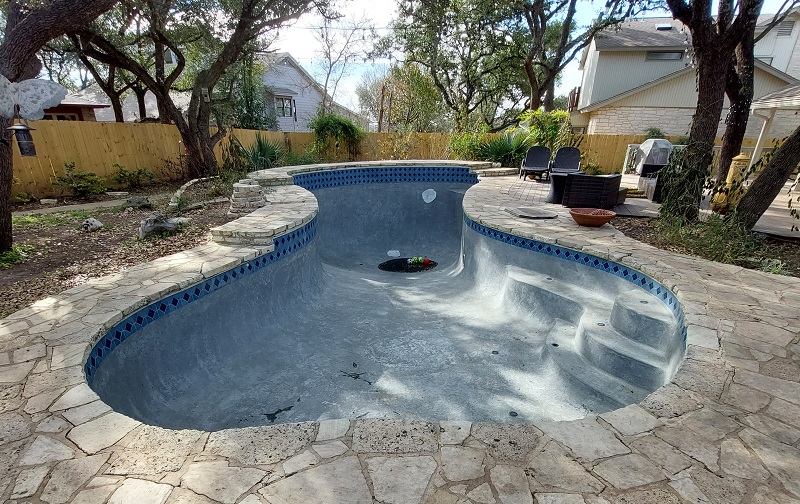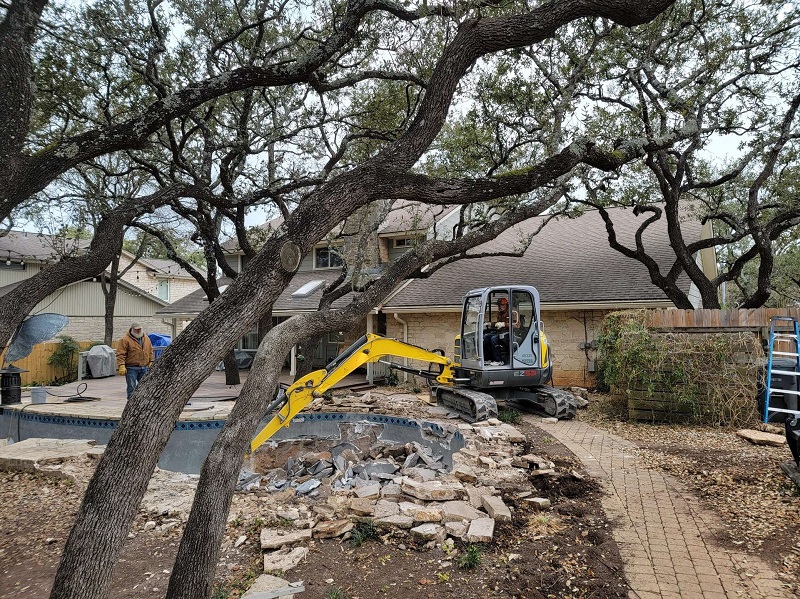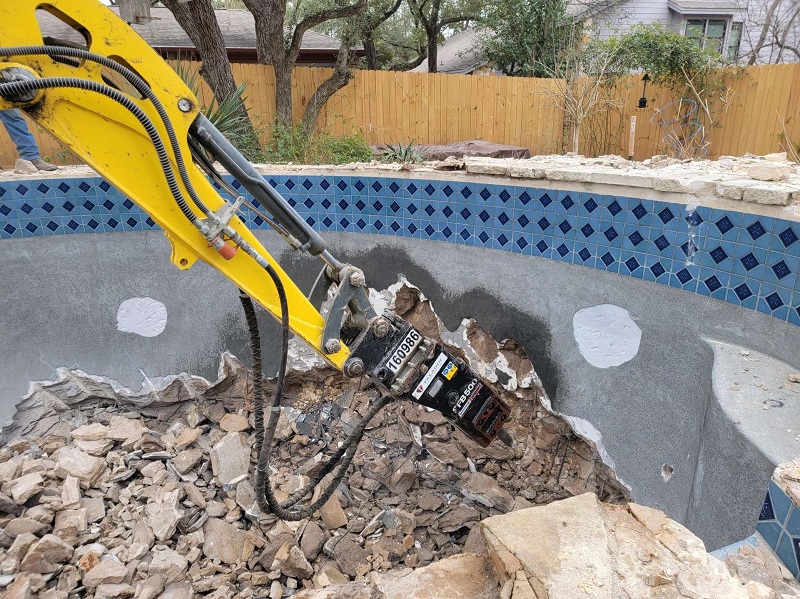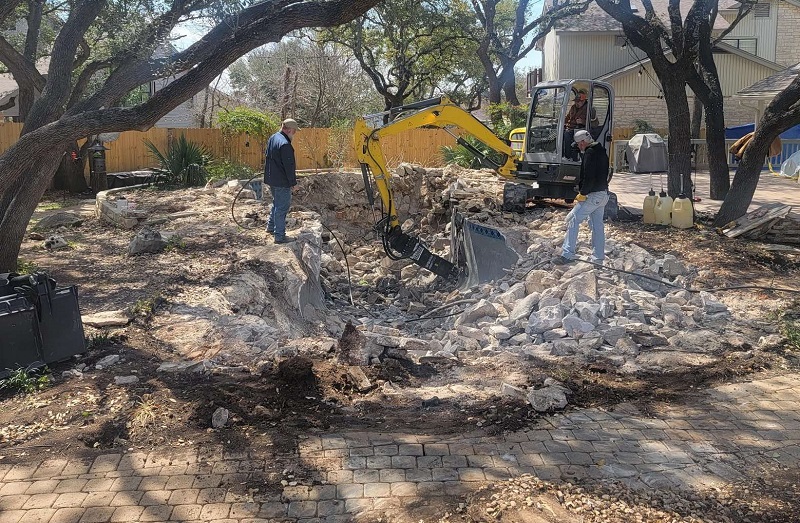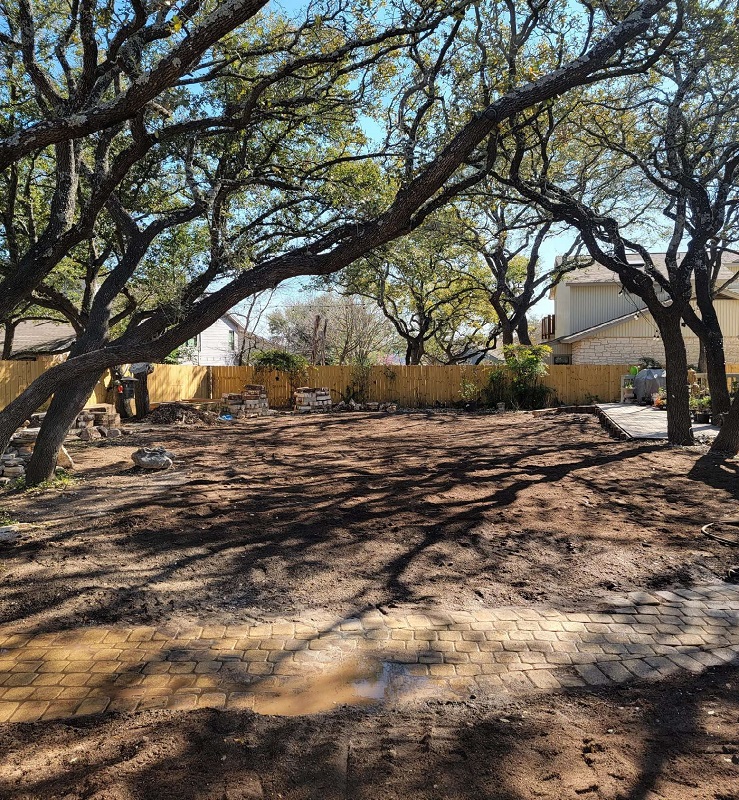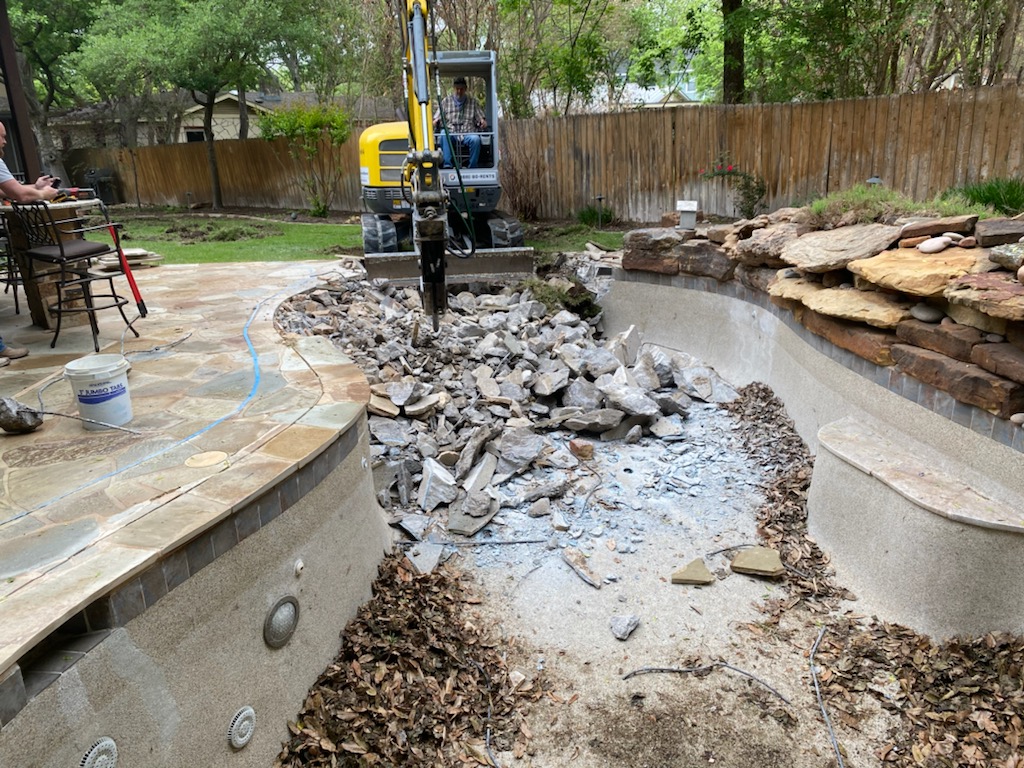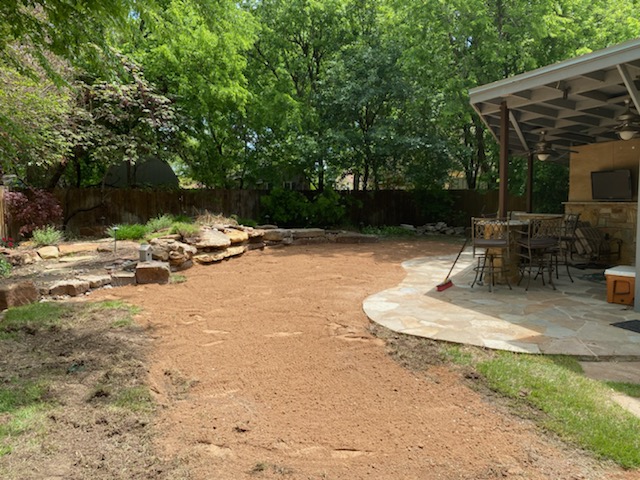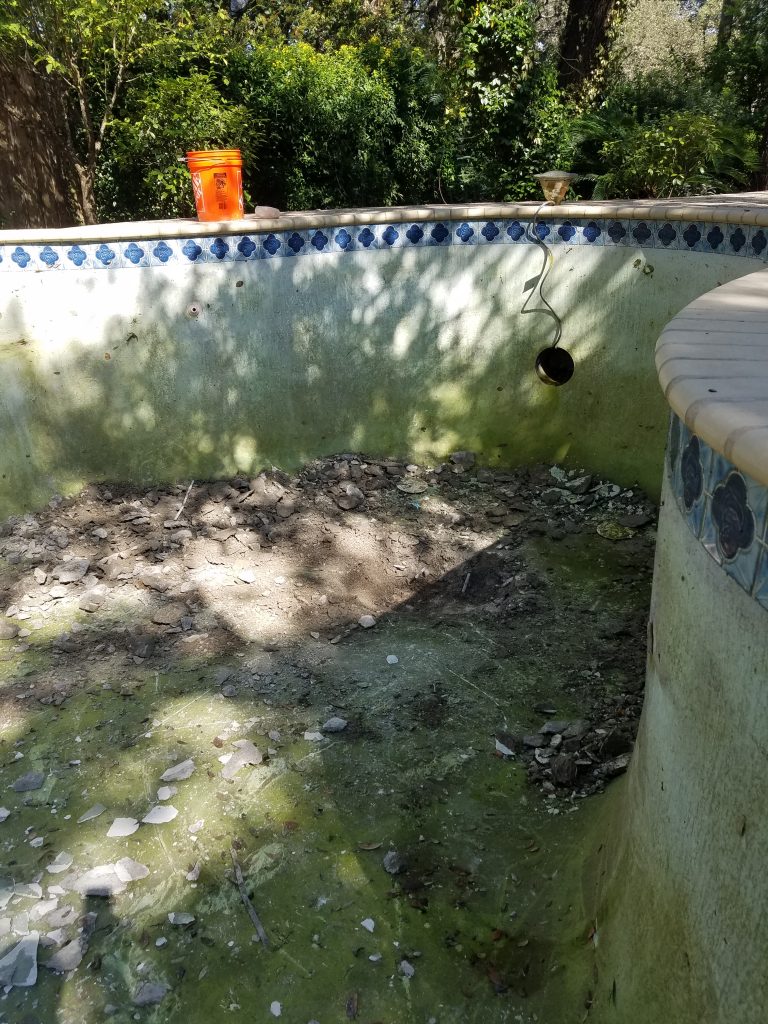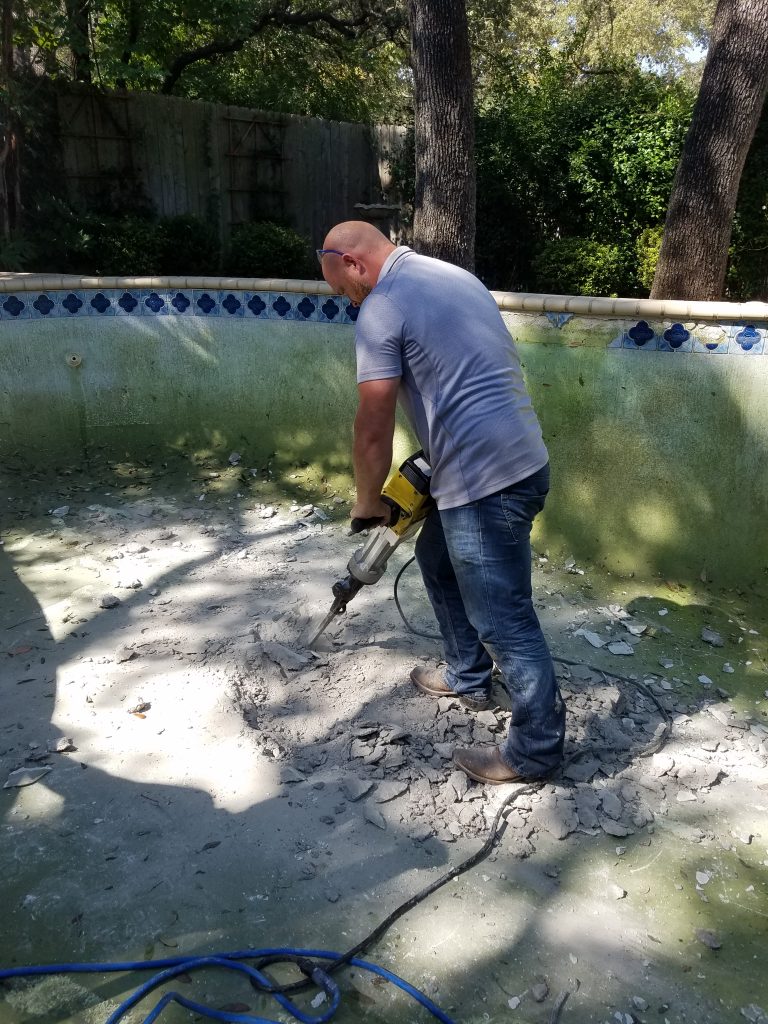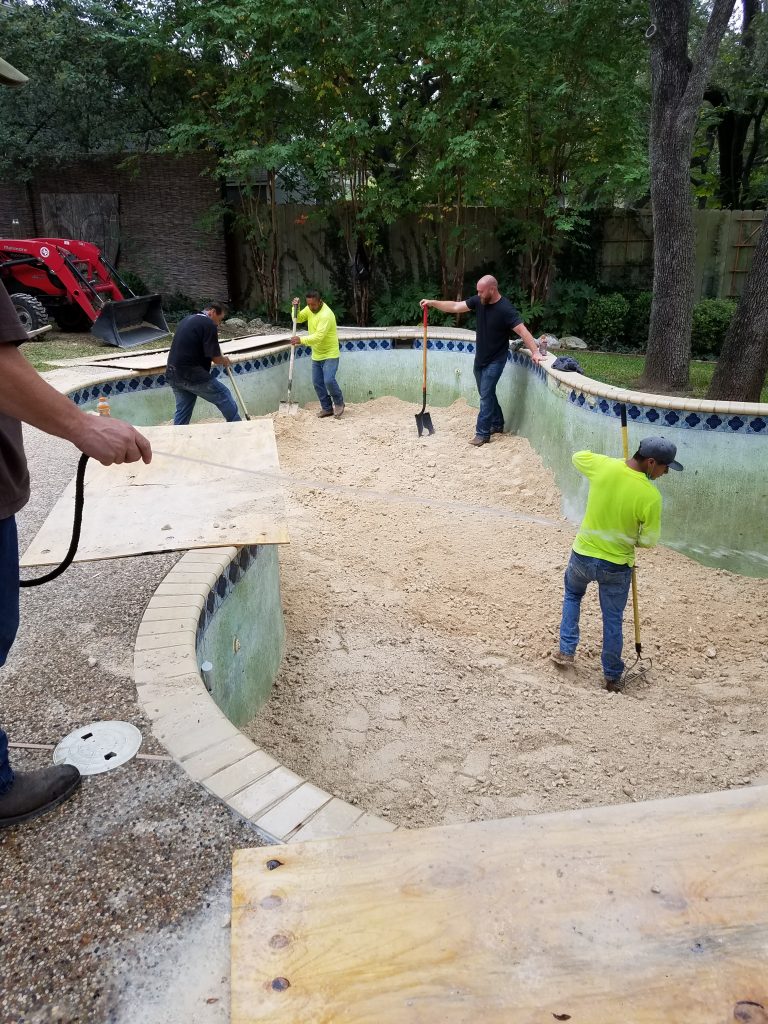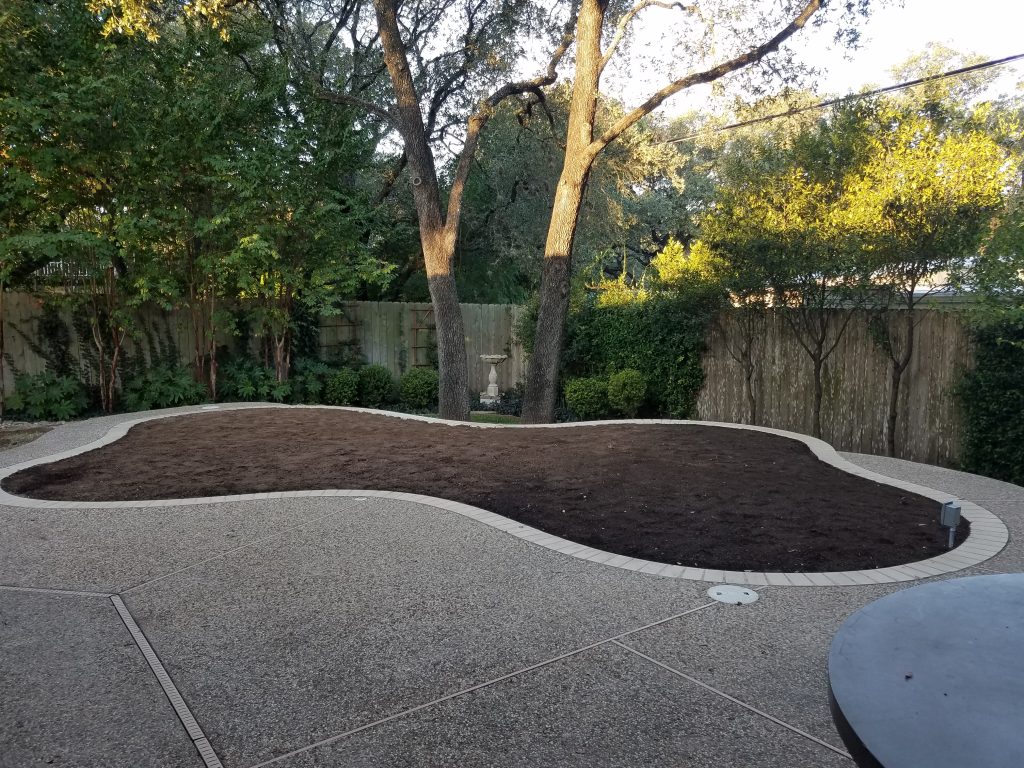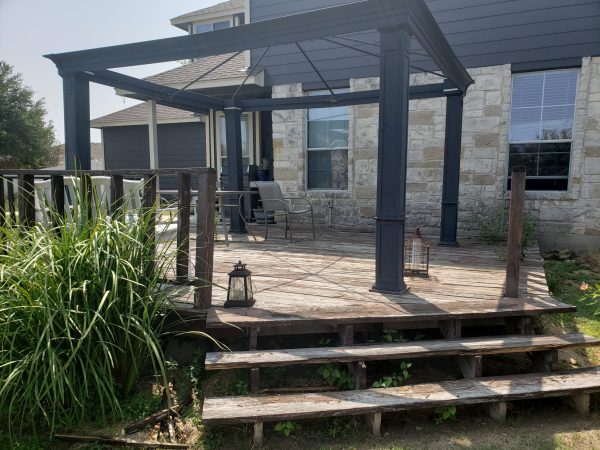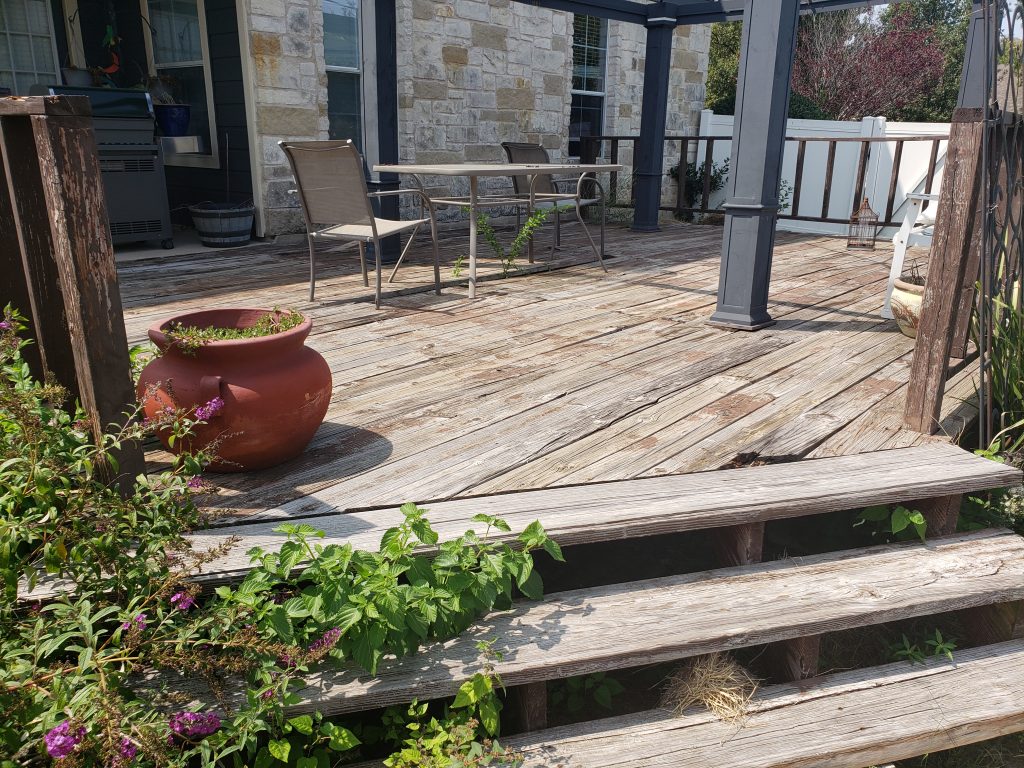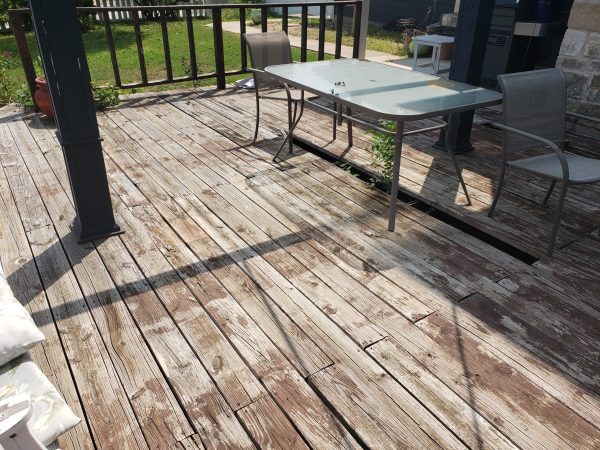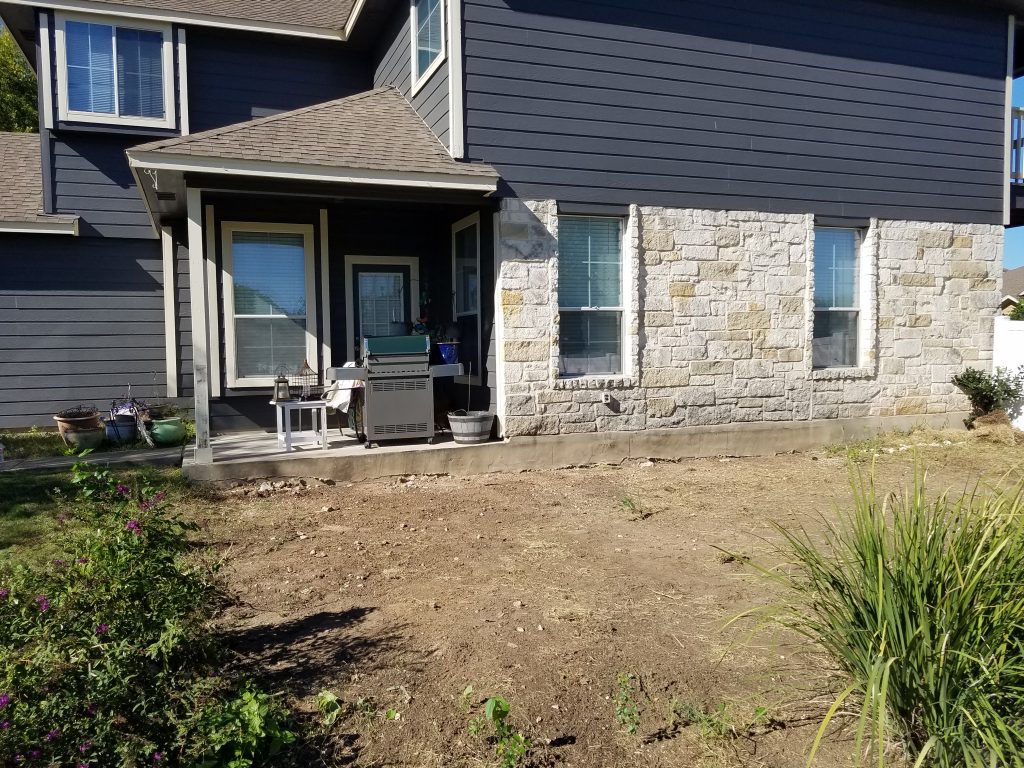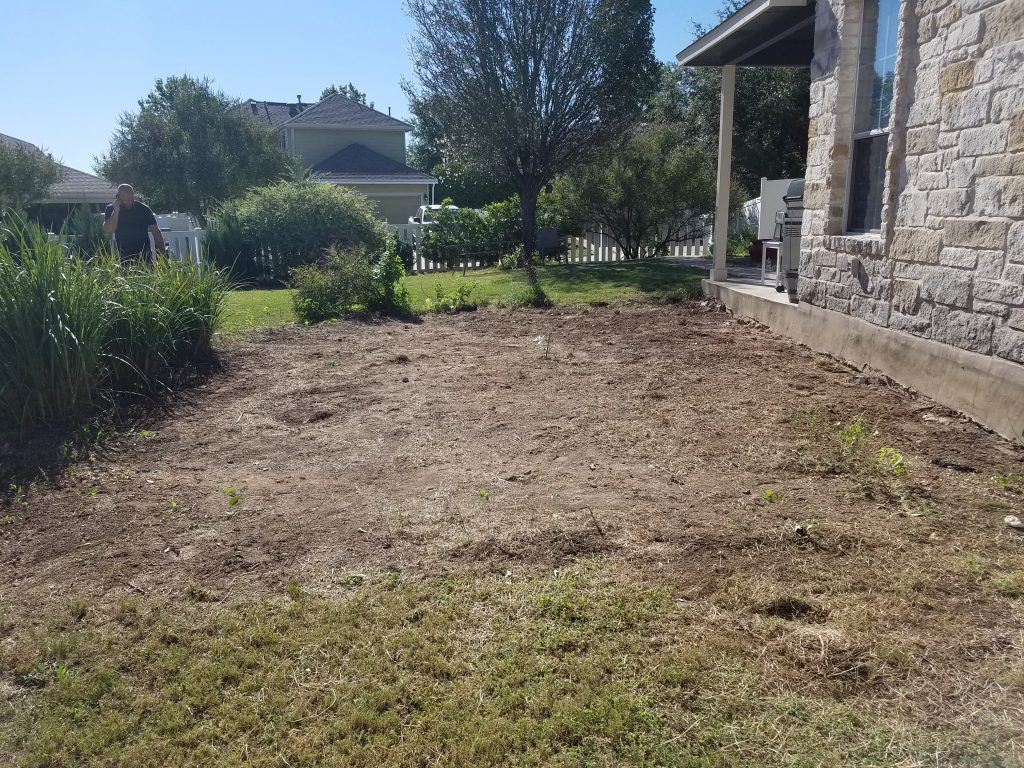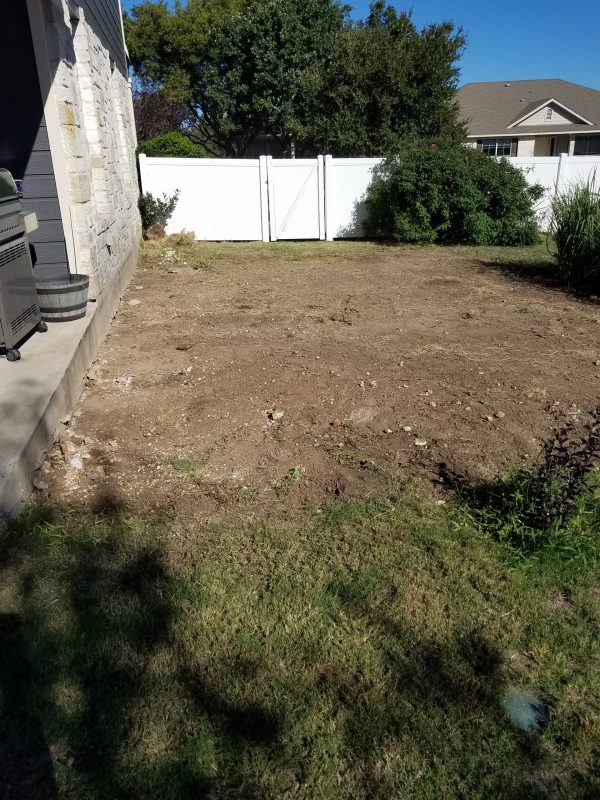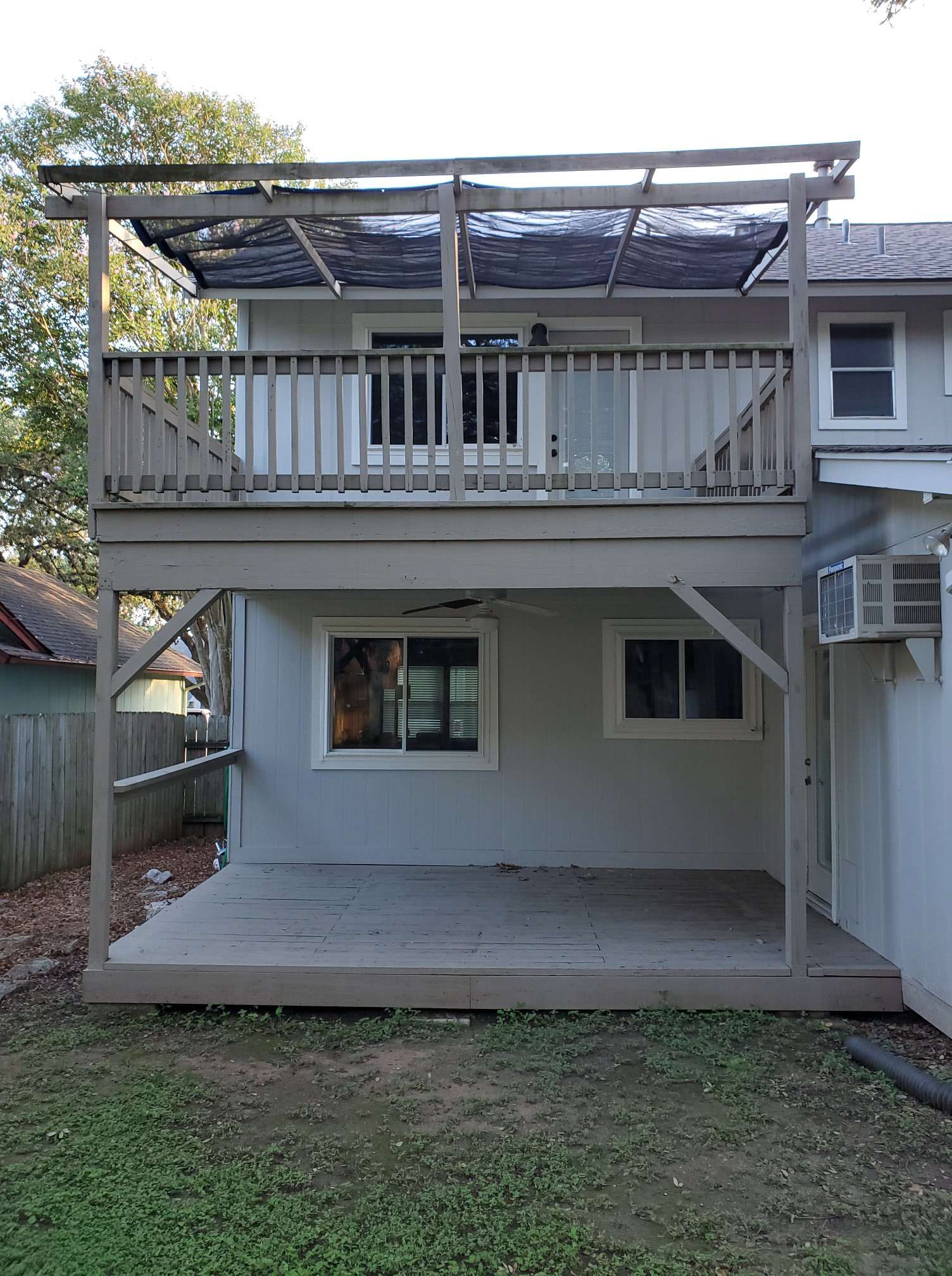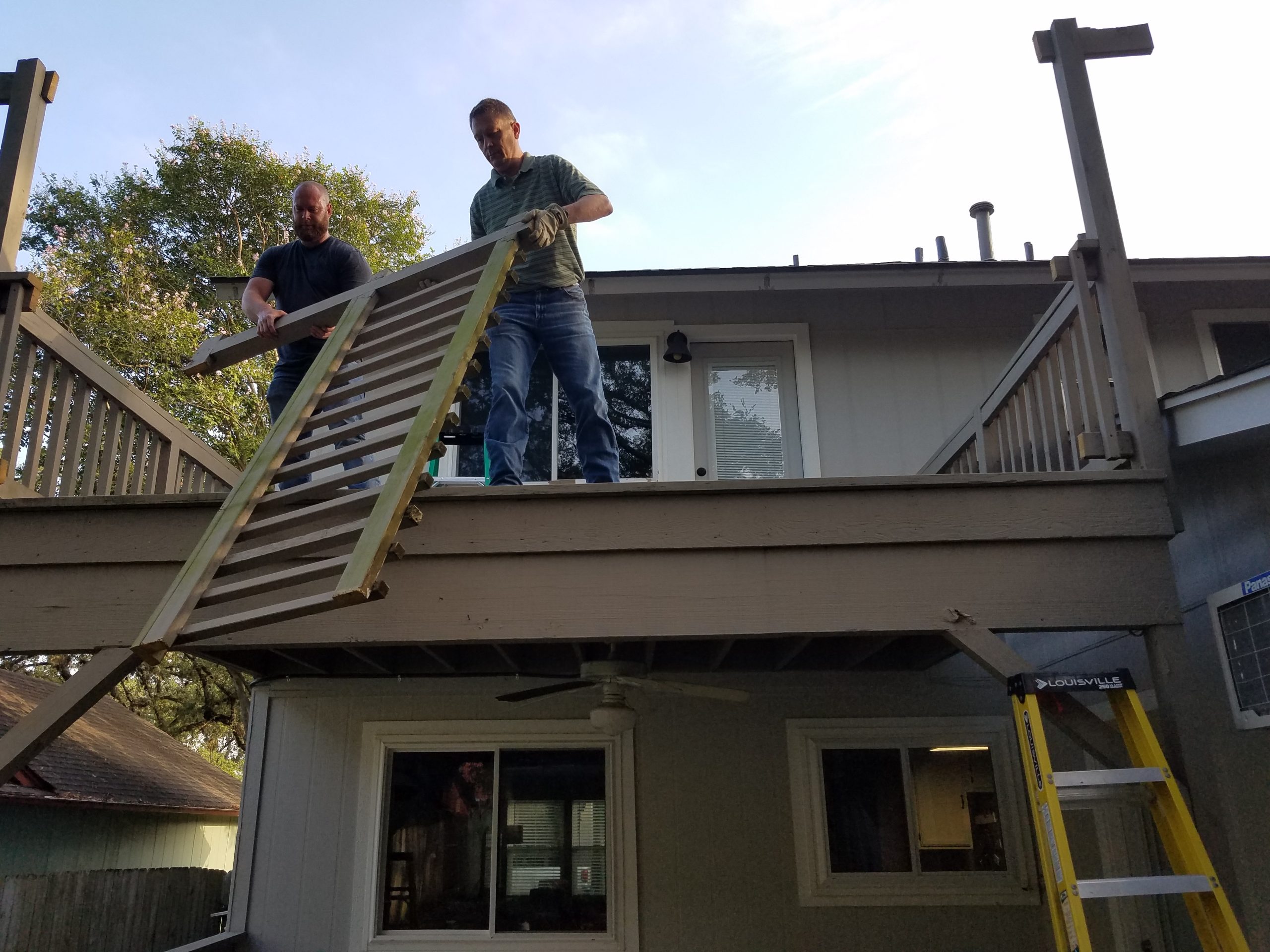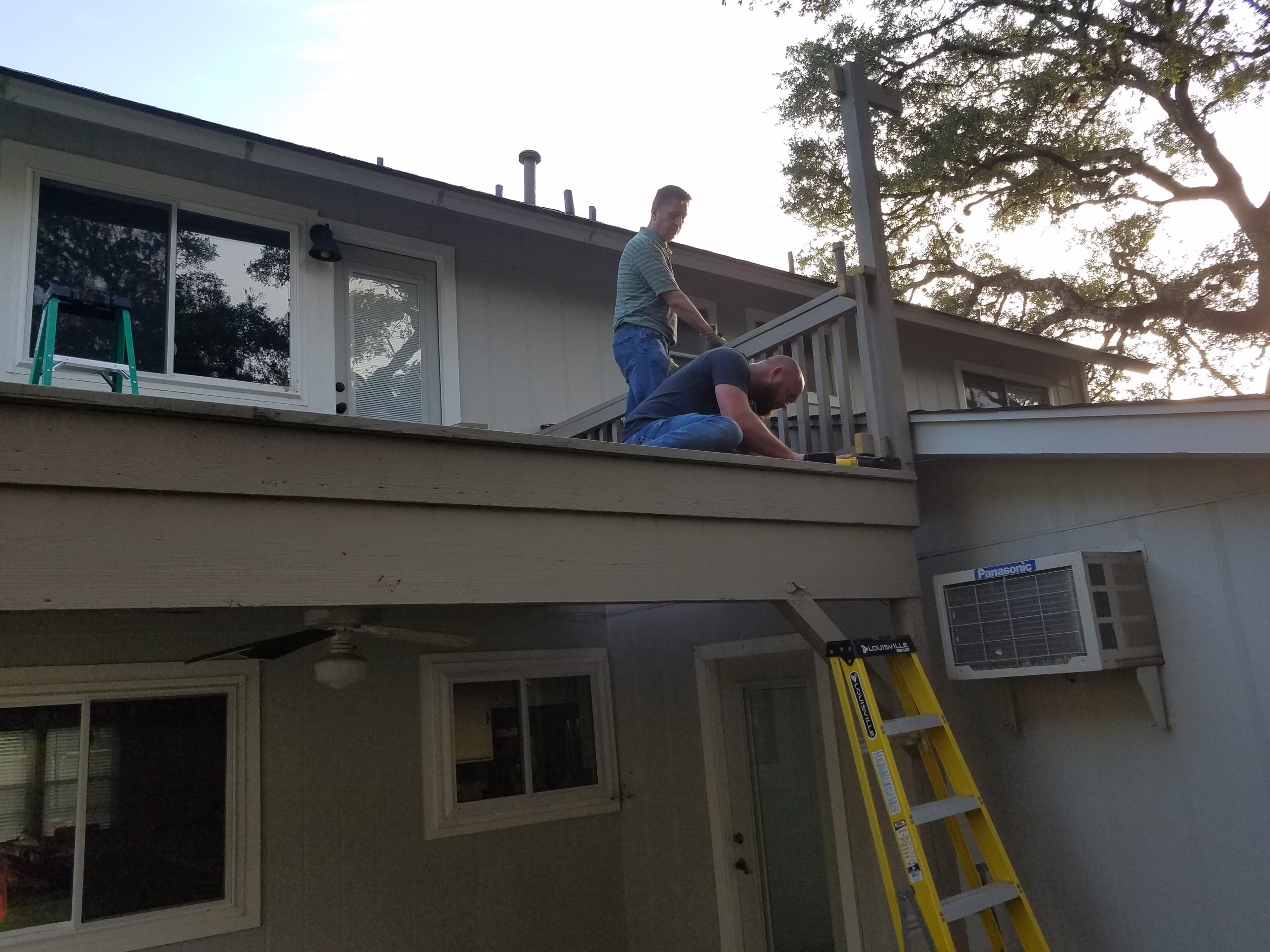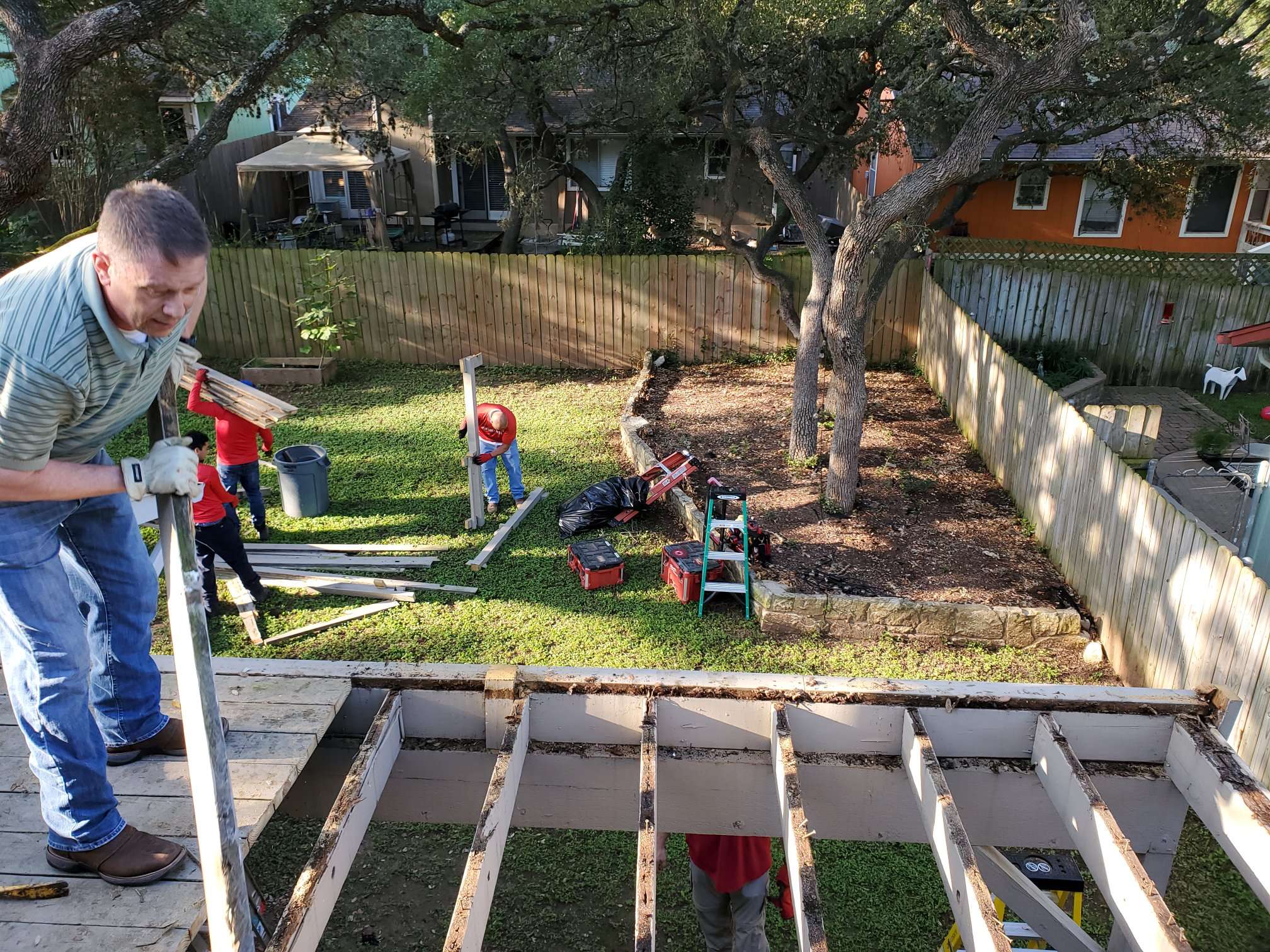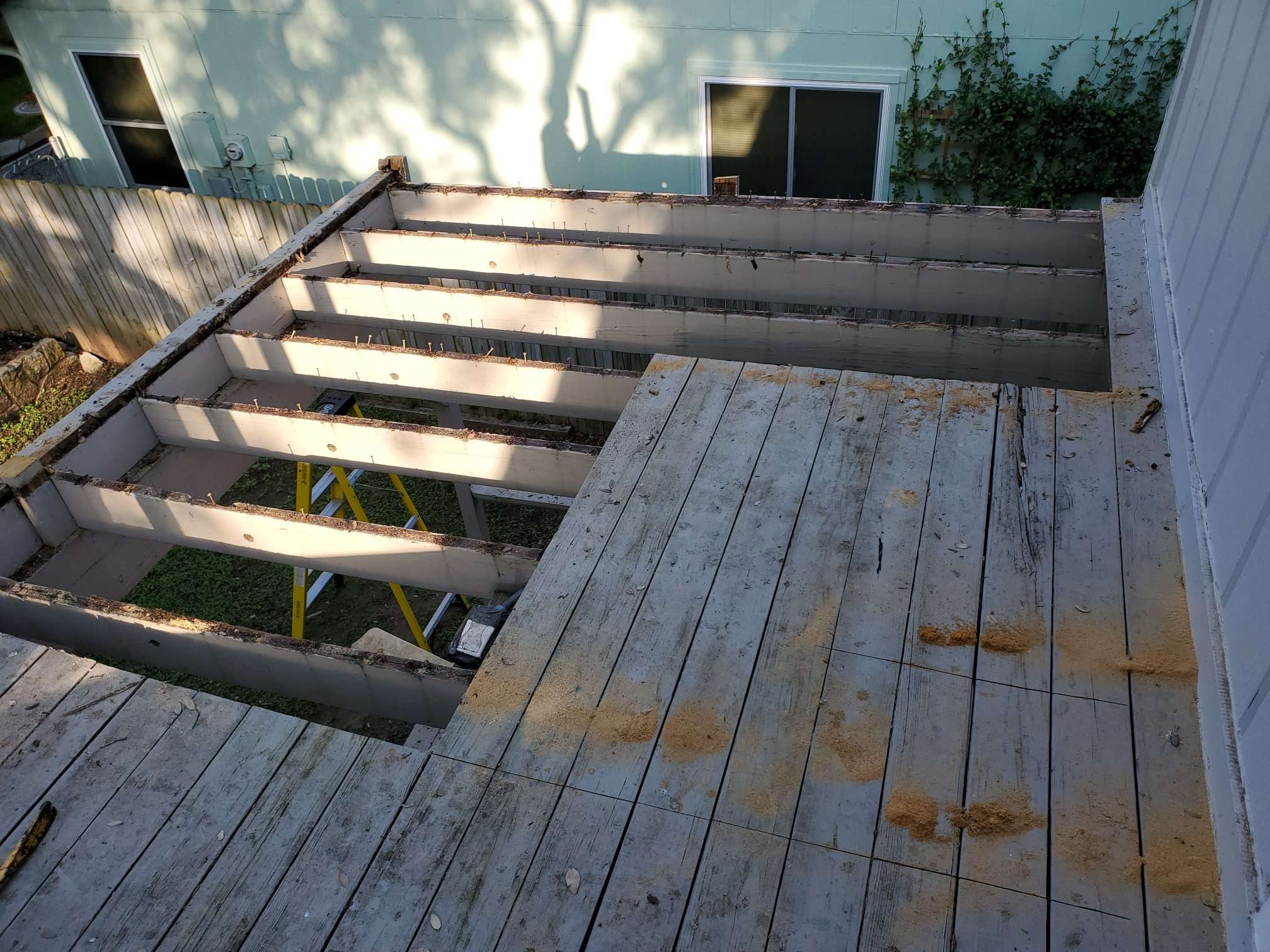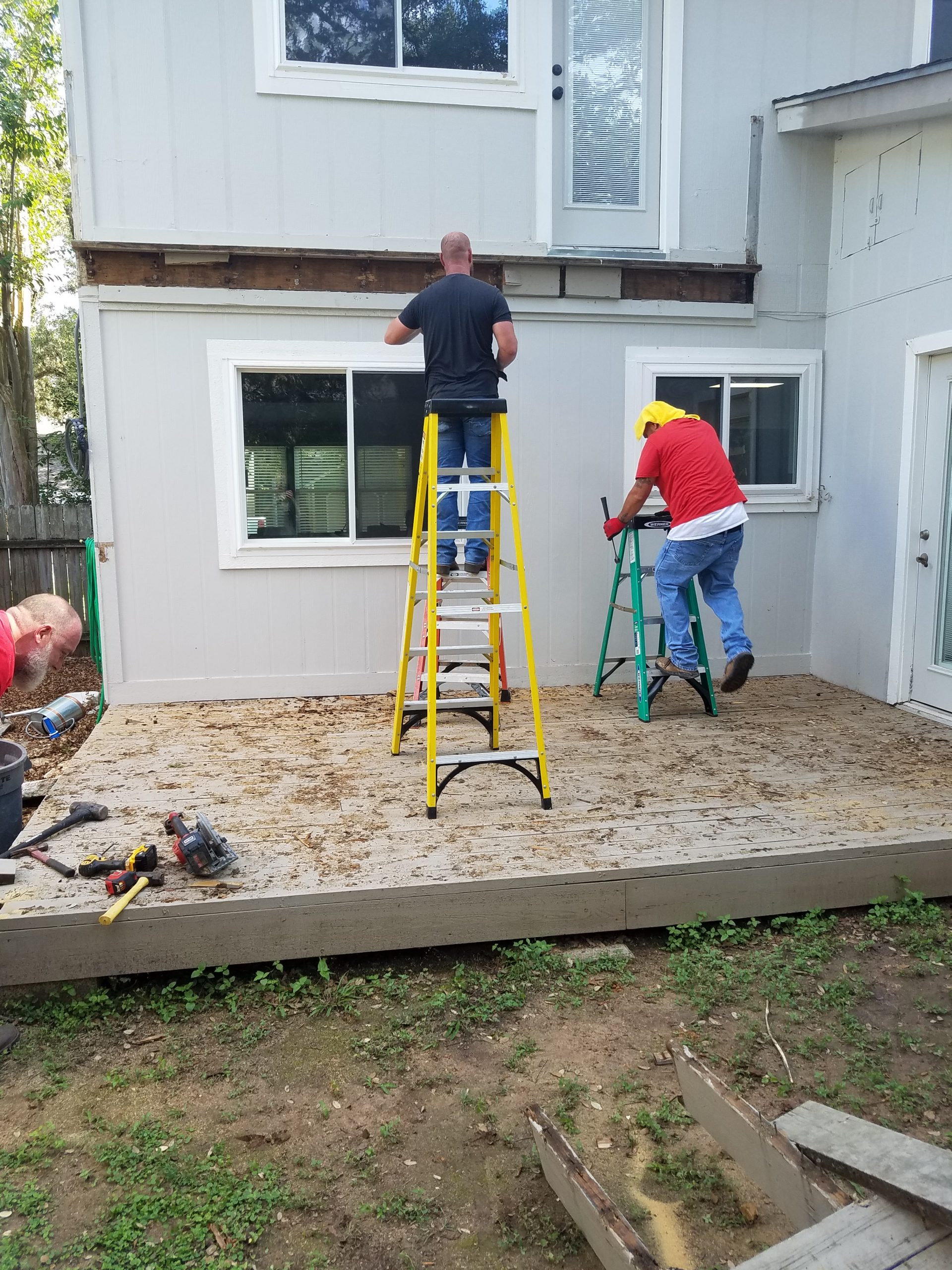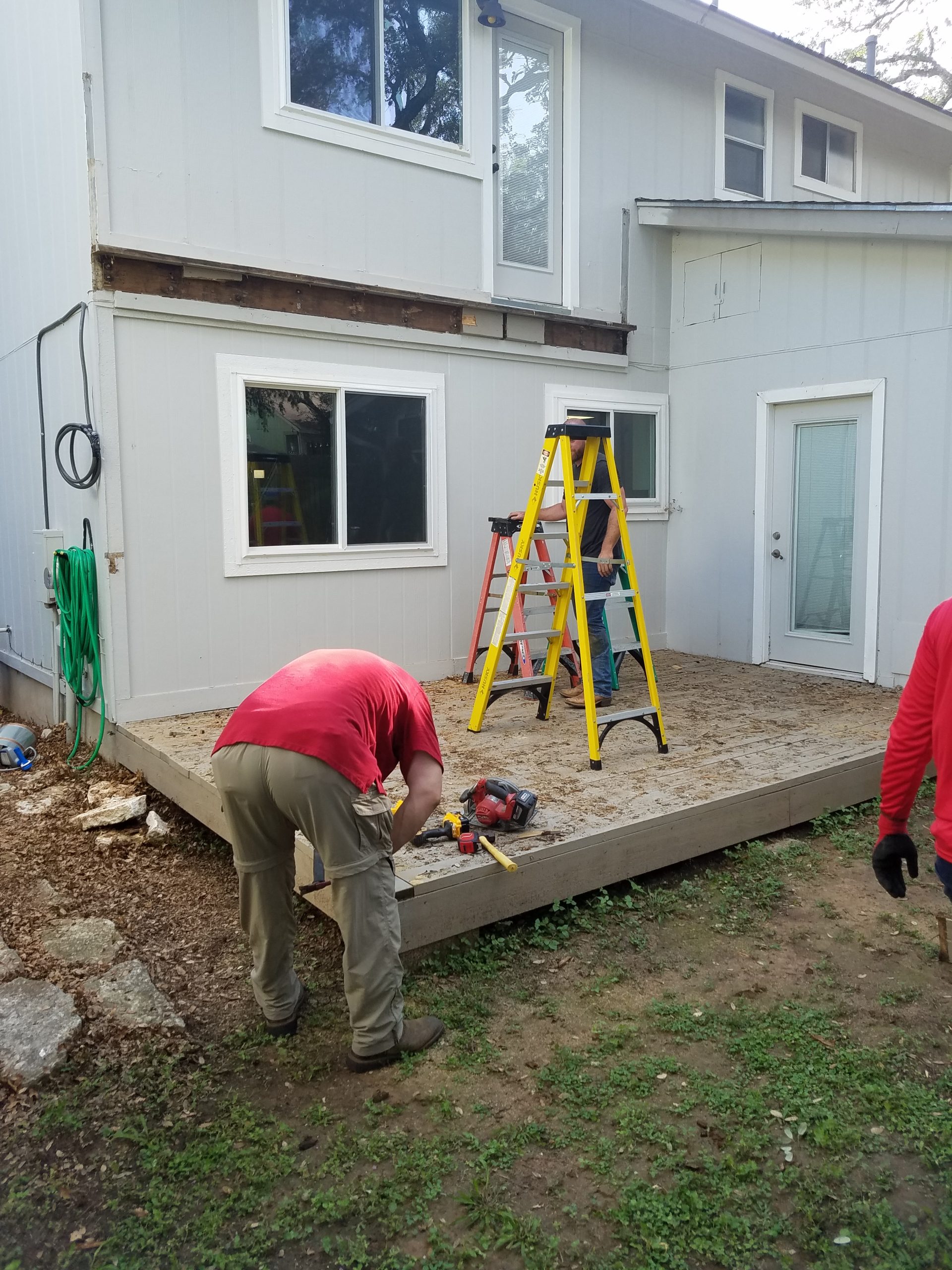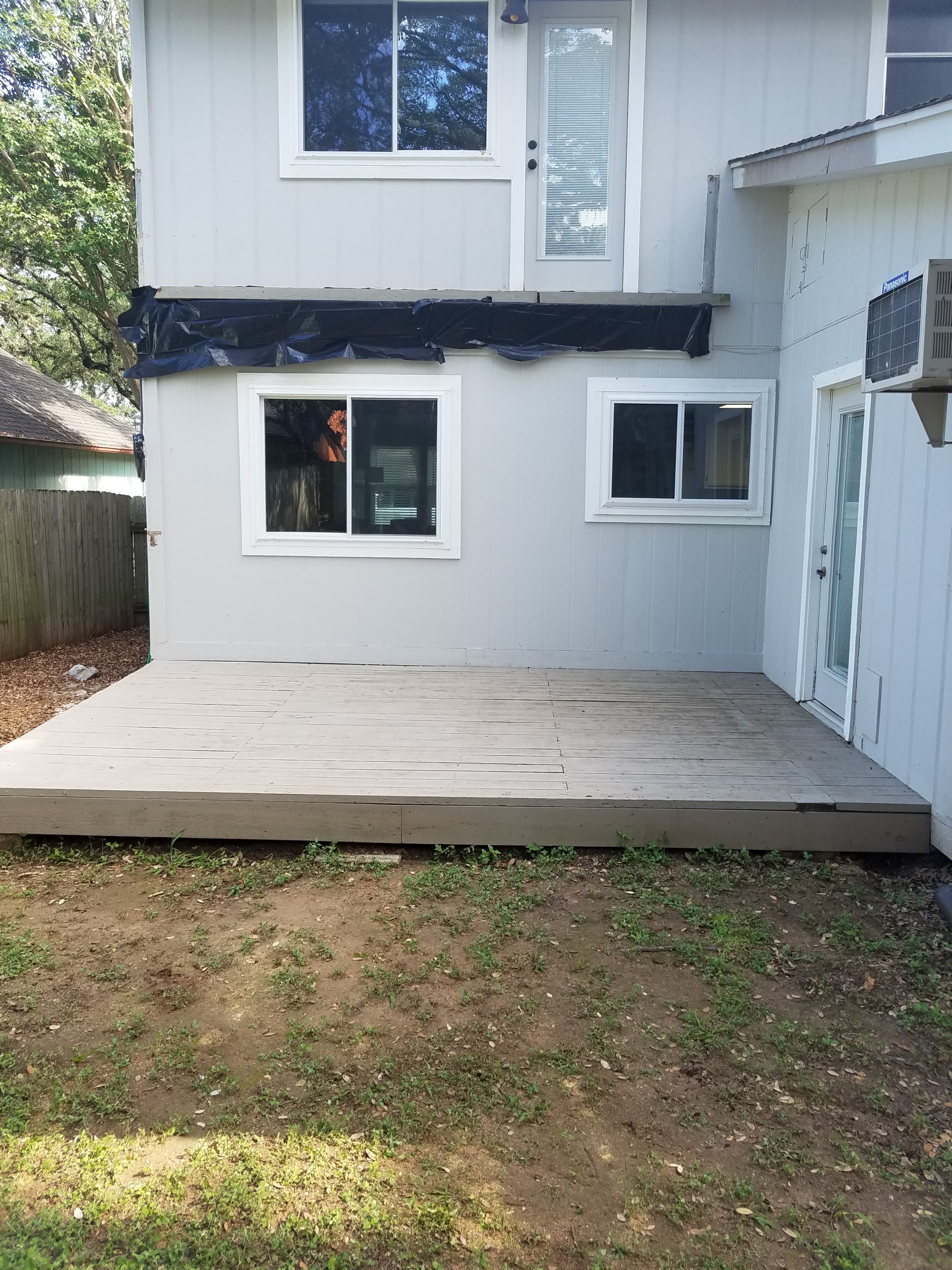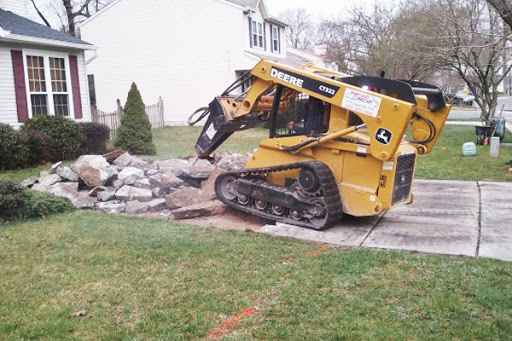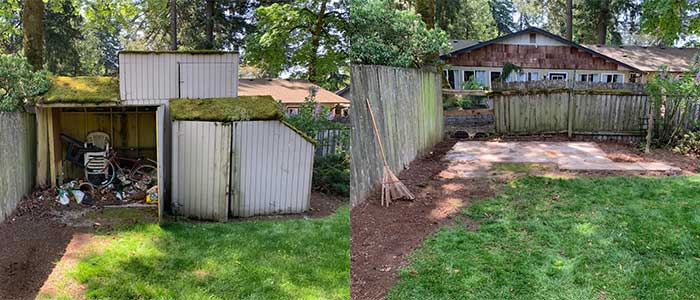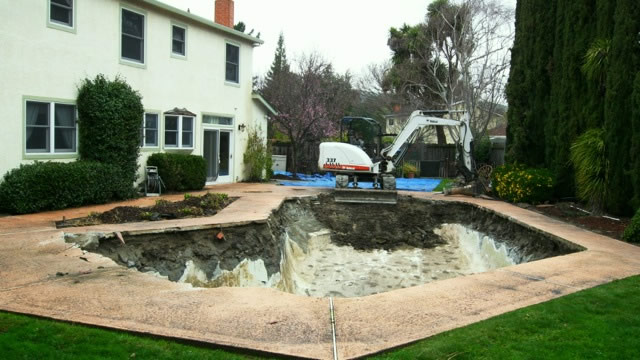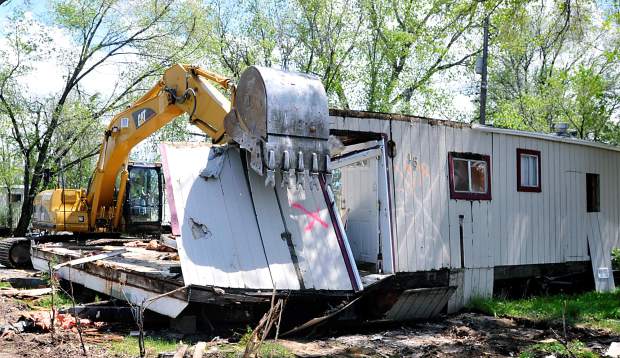Residential Demolition: A Comprehensive Guide to the Process and Cost
Residential demolition is the process of tearing down an existing house or residential building in order to make way for new construction or renovations. The procedure can be complicated and involves a number of processes, including securing the required permissions, negotiating with different contractors, and attending to any environmental issues. Homeowners, builders, and developers can better plan and budget their projects by being aware of the process and costs involved in house demolition.
Getting the required permissions is the first step in any residential demolition job. This normally entails an air permit from the neighborhood air pollution control agency, any other relevant licenses, such as building permits, zoning permits, and demolition permits, which are necessary to lawfully demolish a residential building. Depending on the locality, the procedure for acquiring these permissions may differ, but it usually entails submitting an application and supplying thorough blueprints for the demolition project. Contractors and homeowners should also be aware of any state or municipal laws that may be relevant, such as those governing the removal of hazardous materials or asbestos.
Coordination with numerous contractors and experts is the following step after the required permits have been obtained. In addition to a site preparation contractor who will take care of the excavation and grading of the site, this could also involve a demolition contractor who will be in charge of physically demolishing the building. To guarantee that the demolition is carried out securely and in accordance with local construction codes, additional expertise, such as engineers, architects, and dumpster rentals, may be required.
There are several things to think about when it comes to cost. the price of expert services like engineering, architecture, and geology, as well as the cost of any other required permits, including those for demolition and construction. the price of the demolition contractor as well as any required subcontractors, like those in charge of asbestos removal or the disposal of hazardous items. The price of moving debris to a landfill or recycling facility, as well as the cost of cleanup and disposal of debris, should also be considered. the price of environmental cleanup if contaminants or dangerous materials need to be removed from the site before destruction. the price of salvaging the building, if the homeowner or developer intends to sell or repurpose any building materials.
Environmental considerations are a key factor when organizing a home demolition project. Before demolition can start, it may be necessary to remove hazardous materials like asbestos, lead paint, or polluted soil from many older homes and buildings. Only licensed contractors should handle and remove these materials. The cost of the project may increase as a result of the use of these materials. The correct disposal of demolition waste and any potential effects the project may have on the neighborhood should also be considered.
Federal and state laws including the Clean Air Act and the Clean Water Act should be followed in the demolition process. These rules will lessen the project’s negative effects on the quality of the air and water while also ensuring the workers’ and the locals’ health and safety. The project’s compliance with federal and state laws protecting endangered animals and wetlands must also be carefully examined.
Finally, it’s critical to take into account any prospective effects on the neighborhood in the area as well as any long-term intentions for the land. A thorough pre-demolition evaluation can help to spot potential problems such the existence of subsurface utilities, close proximity to neighboring buildings, and the presence of the building’s cultural or historical significance. A successful project can also be ensured by careful consultation with neighborhood residents and elected leaders. To make sure the new building of the property complies with local zoning laws and community plans, it is also advisable to consult the area’s zoning and planning department.
When it comes to financing, it’s crucial to take into account any potential expenses associated with the demolition project and how those expenses will be paid for. To do this, you might take out a construction loan, collaborate with a developer, or apply for assistance from government initiatives.
A residential demolition project’s overall cost can vary significantly based on a variety of variables, such as the size of the building, the project’s complexity, and the materials and techniques employed. However, homeowners and contractors can guarantee a successful and cost-effective residential demolition by comprehending the procedure, working with experts and contractors, resolving environmental problems, and appropriately budgeting and financing the project.
In conclusion, getting the necessary permissions, working with experts and contractors, addressing environmental concerns, and figuring out how much the project will cost are all hard parts of the complicated process of residential demolition. The cost of the project can vary based on the size and complexity of the project, as well as the materials and demolition techniques used. A residential demolition project can be made successful and affordable with careful planning, coordination, and budgeting.
Austin Demolition Services
712 Congress Ave #927
Austin, TX 78701
(512) 298-4167
https://www.austindemolitionservice.com
https://goo.gl/maps/7t9guTpvs4g77SEDA
Austin Residential Demolition Contractors

